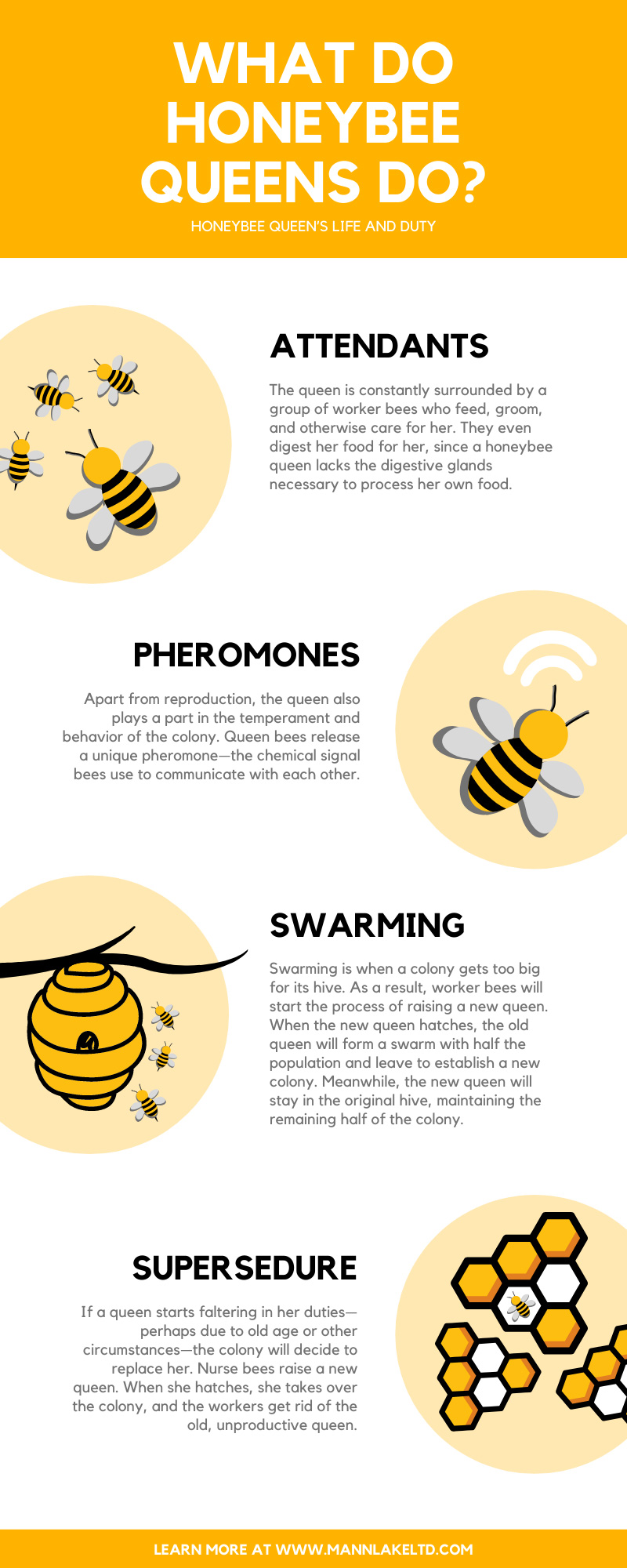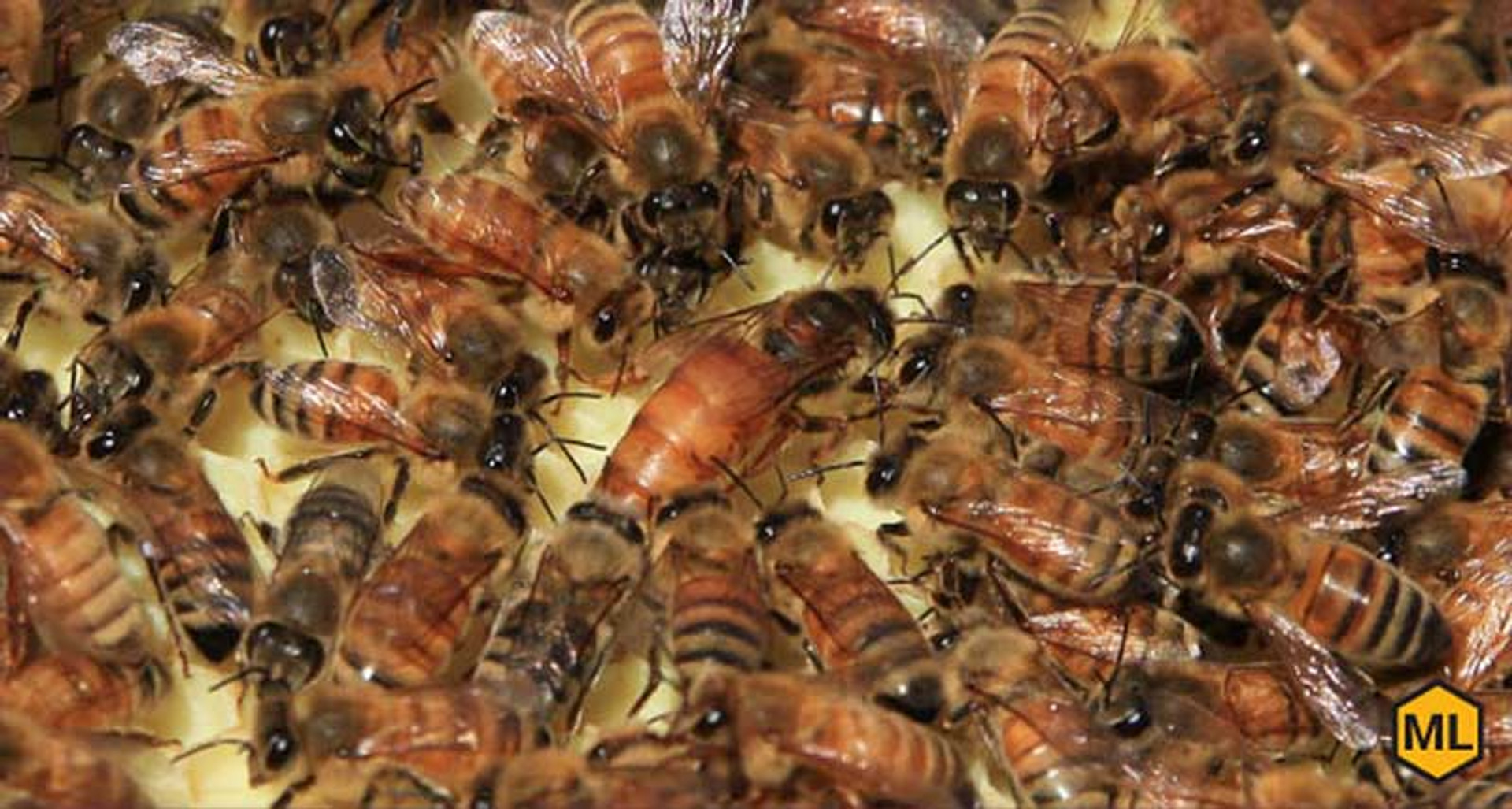What Does The Queen Bee Do?
Every colony of honey bees relies on a queen bee to function and survive. But what exactly does the queen honey bee do, and what happens when a colony loses its queen? Learn more about the vital role of the queen bee and how she influences the hive’s growth and overall survival.
How a Colony Works
Before we learn about the life of the queen bee, it’s important to put things in perspective and learn about the honey bees’ way of life.
A honey bee colony typically consists of three kinds of bees: workers, drones, and a queen.
With each bee type charged with a distinct role, they work together to exist and thrive. One group cannot survive on its own without the whole colony’s support . This is why a bee colony is sometimes called a “superorganism.”
Worker bees
All worker bees are in charge of everything within the colony, from construction to maintenance. They are all females that are not sexually developed.
A single colony can have up to 60,000 female workers or more. Female worker bees can live up to 6 weeks.
Drone bees
Drones are male bees and are slightly longer and stouter than worker bees. Their only role is to mate with the queen bee. During the spring and summer, several hundred drones hang around the hive. Around fall, they are kicked out of their hives and left to die.
Drone bees can live up to 8 weeks .
Queen bees
There is only one queen bee in a colony, so she is considered a central figure within the hive. She is also the largest bee in her colony, usually around twice as long as a worker bee.
The queen bee is tasked with maintaining the population and keeping the colony healthy and buzzing.
| Queen Bee Fact: The queen bee doesn’t technically “rule” the colony or decide when to raise new virgin queens and queen cells. Her primary role is to lay eggs. |
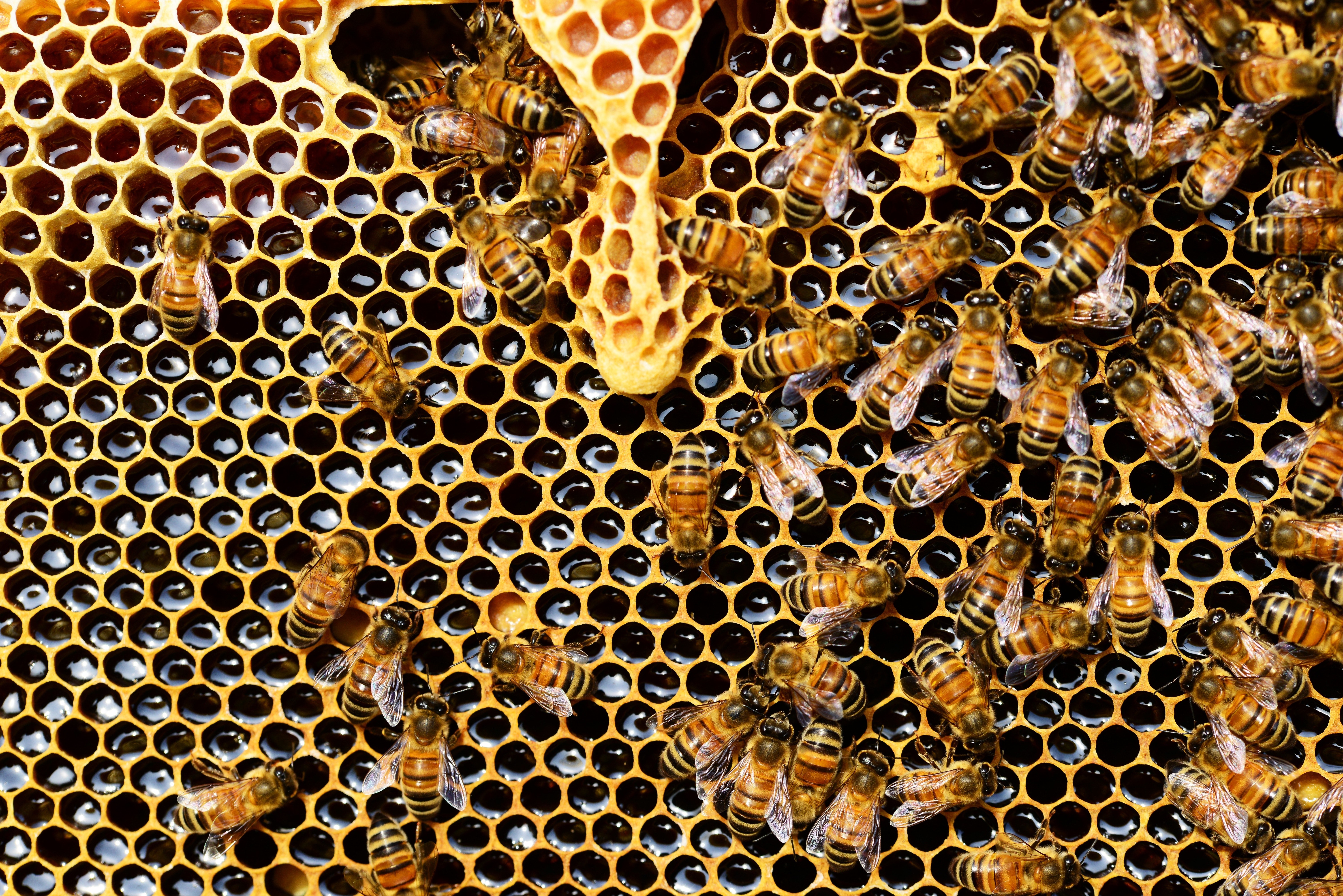
The Queen Bee Life Cycle
A queen honey bee’s life starts when the hive needs a new queen. This might happen for several reasons, like when an old queen bee dies or lays fewer eggs due to old age.
The colony might also outgrow its hive. In this case, the colony splits in half, and a new queen needs to take over half the population.
Whatever the reason, a hive can’t survive long without its queen. Raising a new queen bee is one of the most important tasks a bee colony can undertake.
Preparing for the Monarch
When it’s time to raise the next queen, worker bees will choose several fertilized eggs to become potential new queens and house them in unique dome-shaped wax cups called queen cups.
They are fed royal jelly by nurse bees throughout their development in the queen cups. While all larvae feast on a diet of royal jelly for the first few days of their lives, worker bee larvae eventually switch to a diet of honey, pollen, and bee bread.
This royal jelly diet allows queens to develop differently from their fellow bees, with larger bodies, different reproductive systems, and a smooth stinger that can sting more than once without killing the queen.
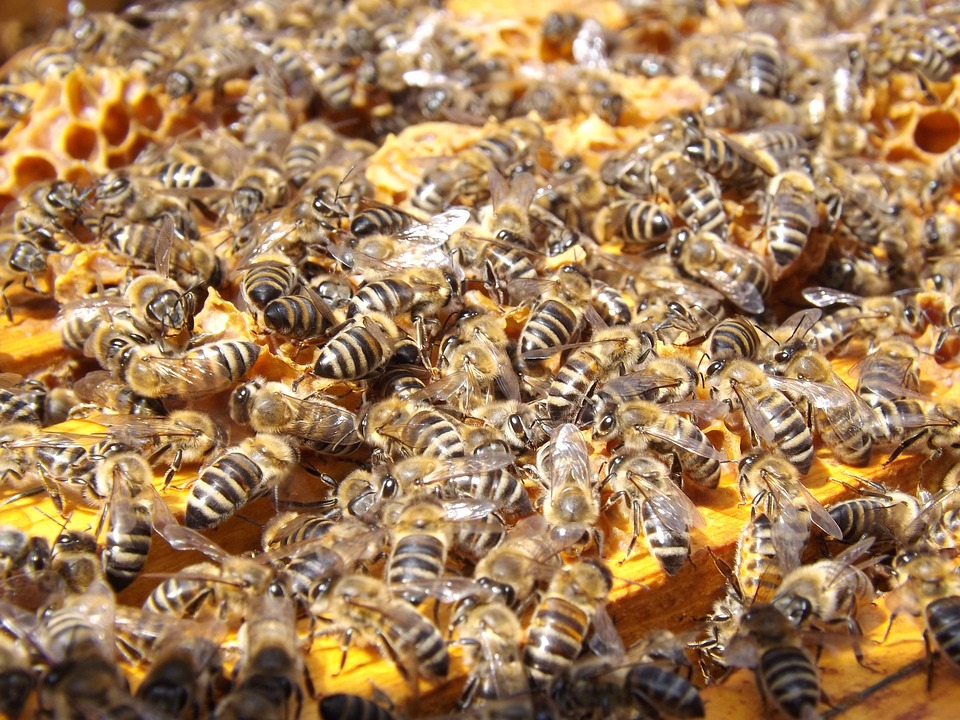
Becoming Queen
By choosing a few eggs to be queens, the hive has a better chance of raising a strong and healthy queen. However, multiple queens can’t exist in a hive. A newly hatched queen will kill the competition by stinging the other larvae while they’re still in their queen cells.
If two queen cells hatch at the same time, they fight until only one remains—the colony’s next queen.
The primary role of queens is to lay eggs throughout her lifetime (average of 1-2 years). In her most productive seasons, a queen lays up to 2,000 eggs every day. This is what makes her so dear to the colony.
A healthy queen maintains a colony’s population and ensures there are enough worker bees to provide for and protect the colony all year round.
Mating Flight
A honey bee queen is the only female in the colony that can lay fertilized eggs. To do this, she goes on mating flights.
Shortly after hatching and defeating her competition, the queen leaves the hive and flies to a drone congregation site, where thousands of drones have gathered to mate with a queen. Here’s an overview of what happens in these flights:
- The queen mates with up to 20 drones and stores enough sperm to fertilize millions of eggs throughout her lifetime.
- Her mates die quickly after mating as their endophallus gets ripped off their abdomen.
- The queen bee also has to fight off other queens from other hives who emerge to mate.
After mating flights, the queen returns to her colony and begins her duties as the royal mother. There, she stays inside for the rest of her life unless there’s a need to populate a new swarm, in which case, she would have to leave.
| Not So Fun Fact: The male honey bee drones that unsuccessfully mate with the queen bee are eventually evicted from their hives and die. |
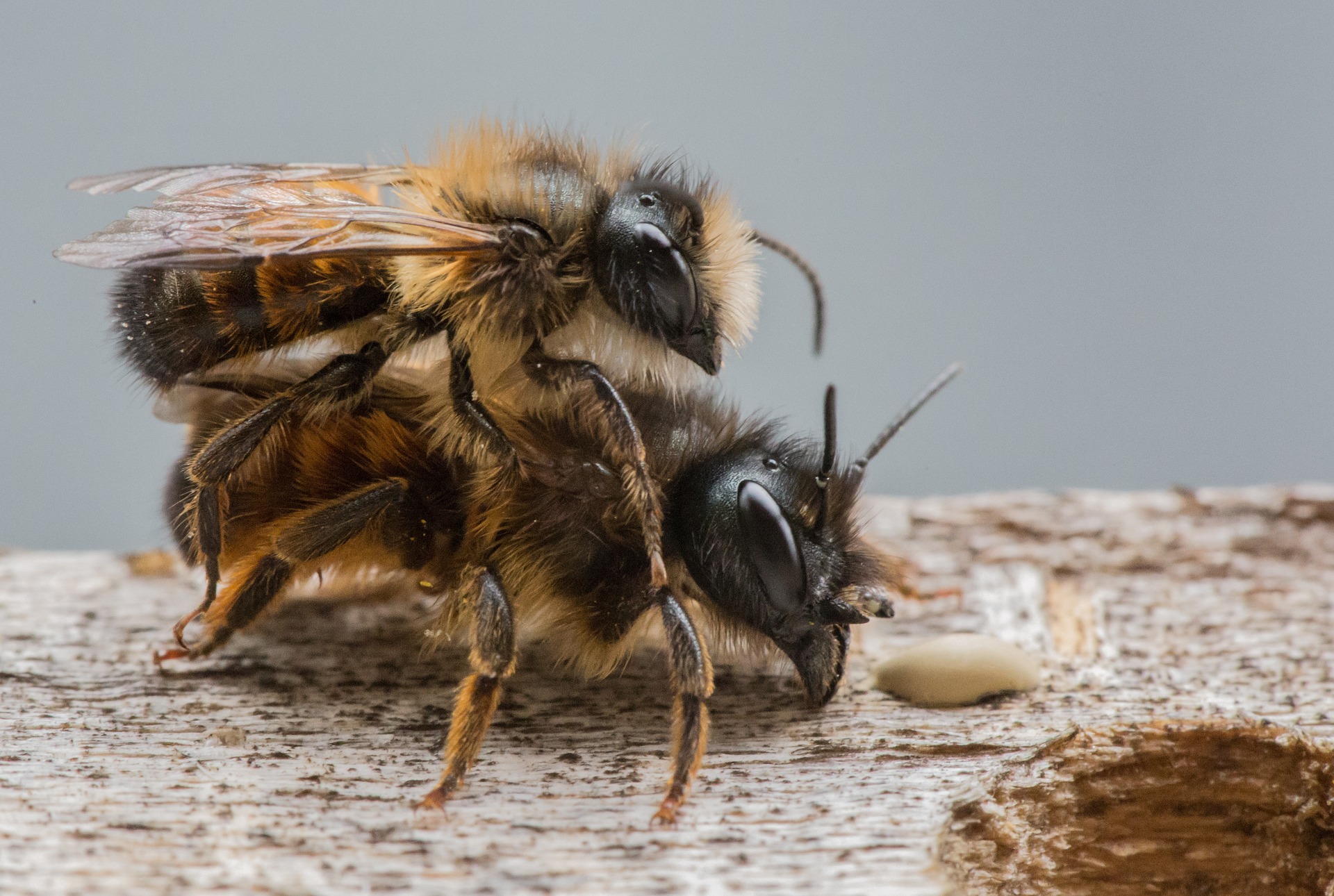
Laying Eggs
A queen bee has excellent egg-laying abilities. She is laying eggs every day during a healthy and productive season, even laying more than her body weight. She also knows to lay eggs in every cell, giving her brood plenty of room to grow and mature.
Because of her mating flight, a queen bee spreads genetic diversity to her colony as she fertilizes eggs with sperm from other colonies’ drones.
This genetic diversity keeps a hive strong and resilient, increasing its chances of survival through harsh seasons or other hardships.
Getting Replaced
If an old queen starts faltering in her duties—perhaps due to old age or other circumstances—the colony will decide to replace her.
Nurse bees raise a new queen with new queen cells. When the virgin queen emerges, she takes over the colony, and the workers get rid of the old and unproductive queen.
If the colony loses its queen bee prematurely, it can die. A queenless colony can’t raise new workers to replace the old ones as they reach the end of their life cycle. The colony population will continue to decline and disappear in a few months if it fails to replace her.
If for some reason the queen suddenly dies, the workers will take notice within a few hours. They will act quickly to replace her and start the process of raising a new queen.
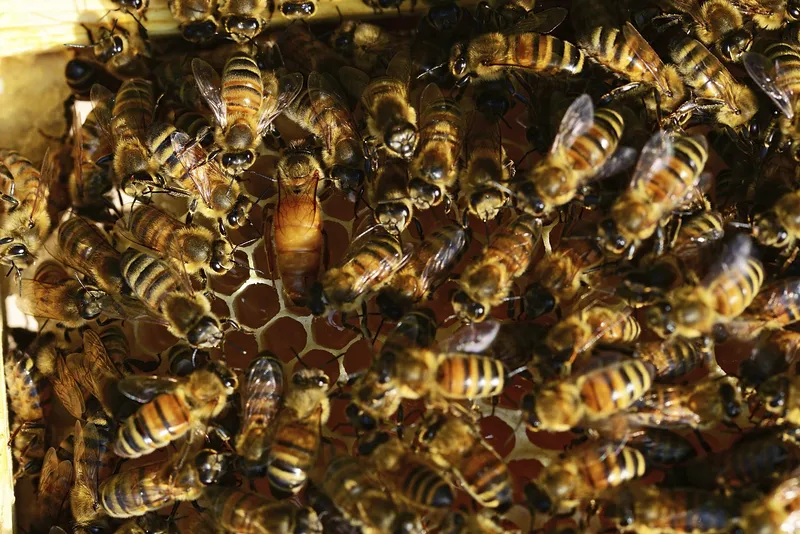
A Queen Bee’s Daily Life
Now that we know where a queen bee comes from and what her biggest role is, it’s time to look at the daily life of a honey bee queen.
What other duties do they have? What do queen bees do under special circumstances?
No matter the time of year, a queen’s life looks different than that of the rest of the hive.
Releasing Pheromones
Apart from reproduction, the queen also plays a part in the temperament and behavior of the colony.
Queen bees release a unique pheromone—the chemical signal bees use to communicate with each other.
The unique chemical scents of the queen bee pheromones let the colony know she’s alive and healthy, keeping them comfortable and motivated to keep working. When the workers fail to detect her scent, they become stressed and agitated.
Being Surrounded by Attendants
The queen bee is constantly surrounded by a group of worker bees who feed, groom, and care for her. They even digest her food for her since she lacks the digestive glands necessary to process her food.
Without this royal treatment, queens could not take care of themselves and would eventually die.
Swarming
A few special circumstances may occur during a queen bee’s life. One of them is swarming, or when a colony gets too big for its hive. As a result, worker bees will start the process of raising new queens.
When the queen hatches, the old queen will form a swarm with half the population and leave to establish a new colony.
Meanwhile, the newly hatched monarch will stay in the original hive, maintaining the remaining half of the colony.
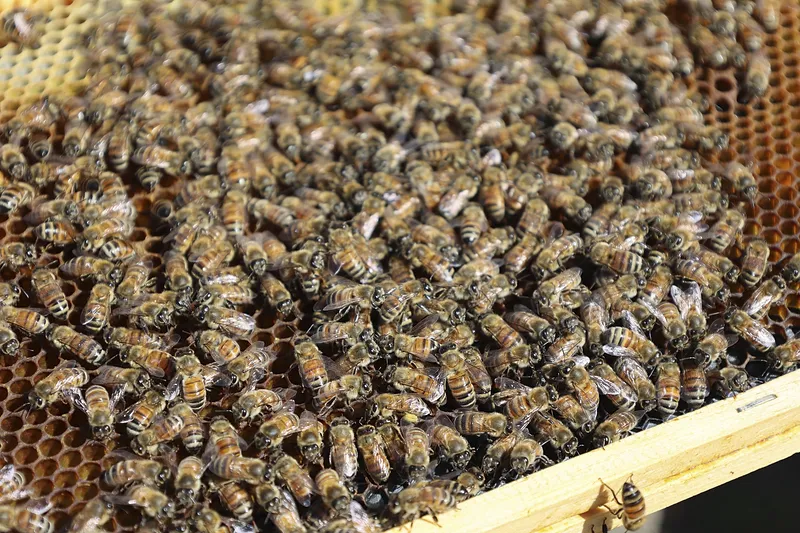
Conclusion
Honey bee queens play an invaluable role in the hive, and their absence threatens the long-term survival of the entire colony. They maintain a thriving population that sustains the colony through different seasons and release important pheromones to regulate the unity within the hive.
Queen bees are one reason beekeepers are passionate about their colonies.
Mann Lake can help you learn more about bees and their colonies, buy quality queen bees and bee equipment, and start your own journey as a beekeeper.
